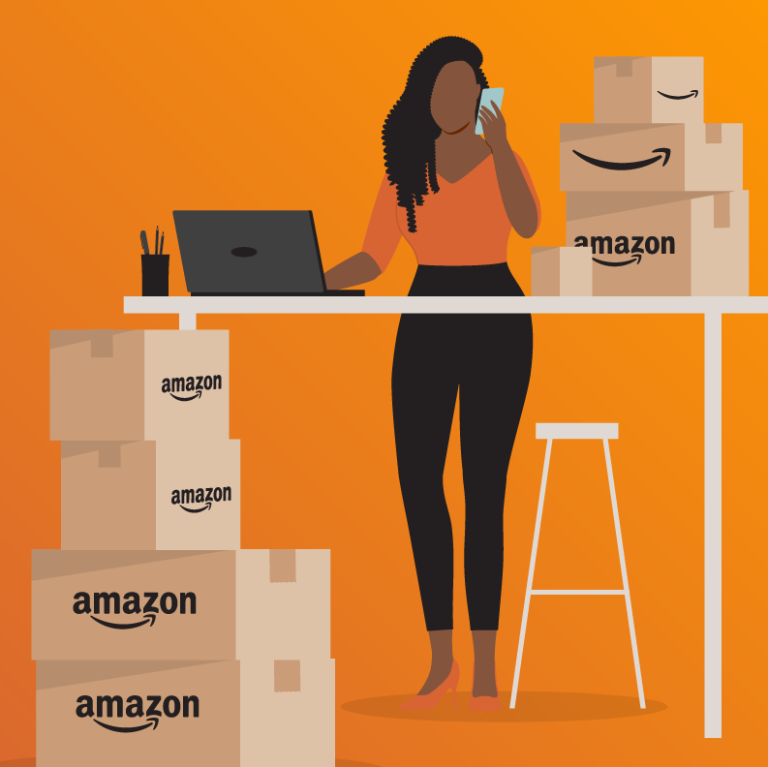
The US and Europe are two of the largest markets in the world. But they are not identical. Differences in culture, language and legislation make it difficult to compare these two markets.
In August 2022, ChannelAdvisor surveyed 1,000 shoppers in the US and 3,000 shoppers in the three biggest European e-commerce markets: the UK, Germany and France. We asked the same questions every time, so now it’s time to take a closer look at the responses and examine what they reveal, especially to those with a global e-commerce presence.
By the end of this article, you’ll see clearly what differentiates shoppers in Europe and the US. And you’ll gain tips to adjust your sales and marketing strategy, including identifying new customers, understanding what makes them tick and maximizing customer acquisition and satisfaction.
1. Popularity of e-commerce categories can vary widely
Europeans and Americans have different preferences when it comes to buying things online. The two regions have different shopping habits and cultures. And those different preferences can make or break your business.
Different e-commerce categories of products do not have the same popularity in the US compared to Europe.
We asked our respondents about which types of products they had purchased online in the last 12 months, and we found a few notable differences.
- Europeans are less likely than Americans to make purchases in these categories online:
- General Merchandise/Department Stores (40.0% less likely)
- Automotive/Motors/Marine (-39.5%)
- Grocery/Gourmet Food (-13.8%)
- However, Europeans were more likely to have purchased within these categories:
- Sports/Outdoor Equipment (27.1% more likely)
- Office Products (+20.9%)
- Tools/Hardware /DIY/Lawn & Garden (+17.6%)
2. Inflation is hurting European e-commerce spending more
Inflation has been an issue of late, but it’s not just about price increases: it also affects how consumers spend their money. As of September 2022, the inflation rate in the US on all items except food and energy was 6.6% year-on-year. Over the same period, the average for France, Germany and the UK was lower, at 4.5%.
But when asked how their online spending compares to 12 months ago, 37.7% of US respondents said they were spending more, compared to just 28.6% of Europeans.
For the upcoming holiday season, 32.4% of US respondents said that in light of inflation, they planned to do more of their spending online than they did in 2021, but just 23.0% of Europeans said the same.
In conclusion, it seems that during this period of inflation, US shoppers are more likely to turn to e-commerce to save on their discretionary spendings.
3. British and French shoppers are more loyal to brands
Brands are important e-commerce players, and they have growing importance with the increasing popularity of direct-to-consumer channels. Here are some key differences between US and European shoppers that brands should consider when planning their international e-commerce strategies:
- Many French and British e-commerce shoppers trust brands’ websites most for accurate product information (31.0% and 40.1% respectively). That’s compared to just 23.7% of Americans.
- 32.8% of French and 35.4% of British e-commerce shoppers plan to use brand websites for most of their holiday shopping, compared to 22.2% of Americans.
4. When it comes to pricing, cultural differences matter
US sellers looking to reach European shoppers will have to deal with different currencies. But more specifically, they will have to understand cultural differences relating to prices. Our research shows that European customers are 7.2% less likely than American customers to compare prices on multiple websites before making a purchase. But they were almost twice (1.95 times) as likely to use a price comparison website.
5. Social commerce isn’t as significant
New e-commerce trends are emerging left and right. But adoption varies locally. In recent years, social media product discoveries have been one. We asked our respondents how they had discovered the products they bought in the last 12 months. Nearly a third (31.2%) of American respondents mentioned social media feeds (e.g., Facebook, Instagram, TikTok), but just 18.5% of Europeans mentioned social media. Similarly, 20.4% of Americans said ads and influencer posts on social media led to product discovery and purchase, but just 12.4% of Europeans did the same.
Europeans were also less likely to have researched products on social media: They were 39.6% less likely to have used Facebook for product research and 26.5% less likely to have used Instagram.
6. Amazon is big in Europe, but not as prominent
Amazon has a very dominant position in the US and is also present in Europe. It has, of course, local versions in France (Amazon.fr), the UK (Amazon.co.uk) and Germany (Amazon.de), but it’s also operating in Italy, Spain, the Netherlands, Sweden and Poland.
In the US, an amazing 52.2% of respondents said they usually begin product searches on Amazon when they want to buy. Just 43.4% of shoppers in Europe start on Amazon. 57.0% of Americans have purchased an item on Amazon after seeing an ad for it on Amazon, but seeing an ad on Amazon led just 44.7% of Europeans to purchase.
–
Learn more about shopping behaviors across global marketplaces in our latest report: 2022 Online Consumer Behavior Global Report.





